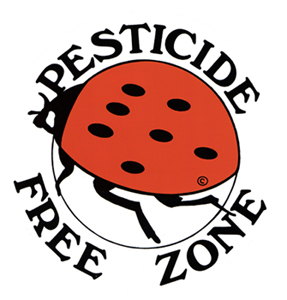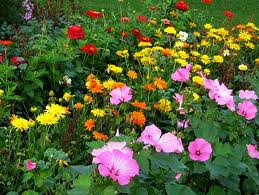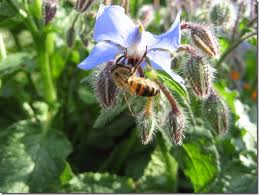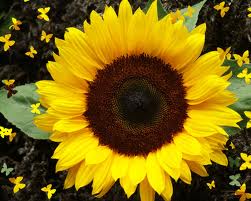
Don’t use pesticides. Most pesticides are not selective. You are killing off the beneficial bugs along with the pests. If you must use a pesticide, start with the least toxic one and follow the label instructions to the letter.
Use local native plants. Research suggests native plants are four times more attractive to native bees than exotic flowers. They are also usually well adapted to your growing conditions and can thrive with minimum attention. In gardens, heirloom varieties of herbs and perennials can also provide good foraging.

Chose several colors of flowers. Bees have good color vision to help them find flowers and the nectar and pollen they offer. Flower colors that particularly attract bees are blue, purple, violet, white, and yellow.
Plant flowers in clumps. Flowers clustered into clumps of one species will attract more pollinators than individual plants scattered through the habitat patch. Where space allows, make the clumps four feet or more in diameter.

Include flowers of different shapes. There are four thousand different species of bees in North America, and they are all different sizes, have different tongue lengths, and will feed on different shaped flowers. Consequently, providing a range of flower shapes means more bees can benefit.
Have a diversity of plants flowering all season. Most bee species are generalists, feeding on a range of plants through their life cycle. By having several plant species flowering at once, and a sequence of plants flowering through spring, summer, and fall, you can support a range of bee species that fly at different times of the season.

Plant where bees will visit. Bees favor sunny spots over shade and need some shelter from strong winds.